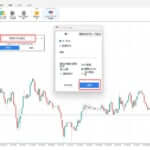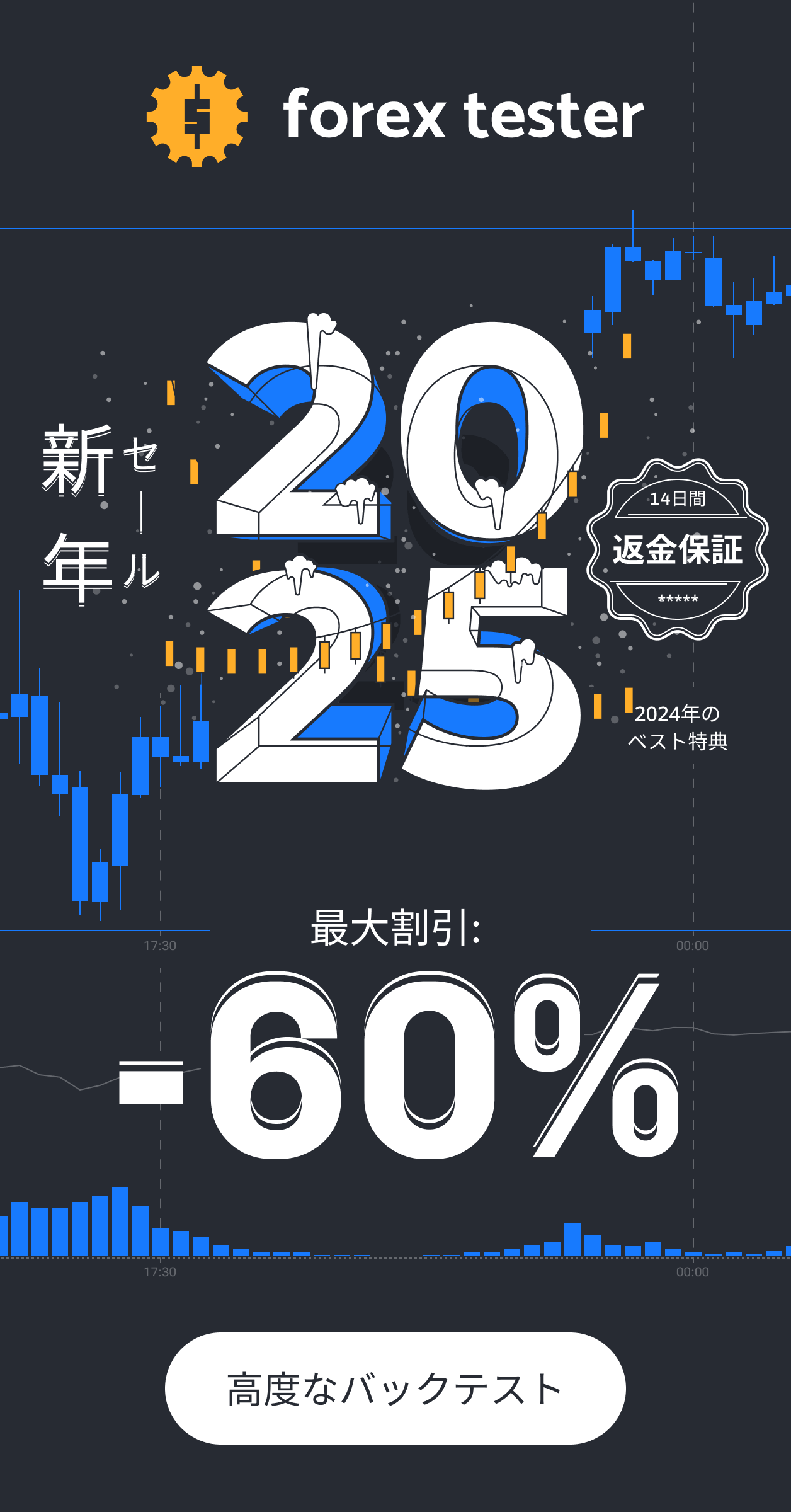記事の目次
Understanding Leverage in Forex Trading
What is Forex Leverage Trading?
Forex leverage trading allows investors to manage trade amounts larger than their own capital.
In other words, investors can trade with multiples of their own funds.
For example, with a leverage ratio of 10:1, a trader can execute trades worth 1,000,000 yen with just 100,000 yen of their own money.
How Leverage Trading Works
By depositing a certain amount called margin, investors can borrow multiple times that amount for trading.
Investors deposit the margin and trade, gaining profits or incurring losses depending on market fluctuations.
Using leverage enables large trades with small funds, but it also increases the potential for losses.
The term “leverage ratio” refers to how many times the amount of the deposited margin can be traded.
Choosing a Leverage Ratio
Choosing the right leverage ratio is crucial.
Higher leverage allows large trades with a small margin but also increases risk as losses can grow just as large.
Conversely, a lower leverage ratio reduces risk but also limits the effectiveness of trades proportionally.
It’s essential for investors to select an appropriate leverage ratio based on their risk tolerance and trading style.
Foreign forex accounts typically offer leverage ratios ranging from 1:1 to 1000:1.
Benefits of Leverage Trading
Enables Large Trades with Small Funds
One of the biggest advantages of leverage trading is the ability to make large trades with a small amount of capital.
For example, with a leverage ratio of 10:1, a margin of 10,000 yen allows for trades worth 100,000 yen.
This enables investors to have significant market influence even with limited funds, allowing for portfolio diversification and broader investment opportunities.
Leverage trading allows investors to start trading forex with minimal capital.
Opportunity to Amplify Profits
Leverage trading also provides opportunities to amplify profits.
Since large trades can be made with a small margin, even minor market fluctuations can result in significant gains.
For example, in a regular trade, a fluctuation of a few percent may be insignificant, but in leverage trading, this can translate to tens of percent in gains.
Thus, leverage trading offers the potential to maximize returns for investors.
Drawbacks of Leverage Trading
High Risk and High Return
One of the disadvantages of leverage trading is its high-risk, high-return nature.
While leverage allows for large trades with small capital, it also amplifies potential losses.
If the market moves unexpectedly, investors may incur losses exceeding their margin.
In other words, while high returns can be expected, the risks are also significant, requiring cautious trading.
Risk of Stop-Out
Another risk associated with leverage trading is the stop-out risk.
A stop-out occurs when a position is automatically closed once the trade reaches a certain loss level.
With high leverage, even minor market fluctuations can result in significant losses in a short period, making stop-outs more likely and leading to a rapid decrease in funds.
Although this prevents losses beyond the deposited margin, there is a risk of losing most or all of the margin.
Increased Trading Costs
A drawback of leverage trading is the increase in trading costs.
Since leverage increases the trade amount, fees and spreads also rise.
This can reduce the profitability of trades.
This is especially important for short-term trades, where trading costs (fees and spreads) have a greater impact, requiring careful consideration.
Tips for Effectively Utilizing Leverage
Selecting the Appropriate Leverage Ratio
To effectively utilize leverage, it’s crucial to choose an appropriate leverage ratio.
Carefully select a leverage ratio that aligns with your trading style and risk tolerance.
Higher leverage ratios increase risk, so it’s important to choose a ratio that suits your trading style and experience. Beginners should start with lower leverage ratios.
Thorough Risk Management
Risk management is paramount in leverage trading.
Properly manage position sizes to minimize losses.
Use risk management tools such as setting stop-loss and take-profit targets, and limiting position sizes.
Diversifying risk by combining multiple currency pairs and trading strategies is also effective.
Establish risk management rules, such as closing positions when losses reach a certain percentage of your investment.
Importance of Market Analysis and Strategy
Market analysis and strategy development are essential in leverage trading.
Conduct proper market analysis to understand trends and price movements, allowing for more accurate trading decisions.
Build a strategy that matches your trading style and goals, and trade systematically.
Develop your own trading strategy to make rational decisions without being influenced by emotions.
Avoid Excessive Leverage Trading
Finally, it’s important to avoid excessive leverage trading.
High leverage can yield substantial short-term profits, but it also significantly increases the potential for large losses.
Practice cautious risk management and maintain a balanced trading style to avoid the dangers of excessive leverage trading.
The Prevalence of the Zero-Cut System
The zero-cut system is an excellent mechanism for mitigating risks in forex trading, and its adoption has been increasing among many overseas forex brokers in recent years.
What is the Zero-Cut System?
The zero-cut system is a scheme in which the forex broker covers the negative balance if a sharp market fluctuation leads to a loss greater than the funds in the trader’s account, even if a forced settlement (stop-out) doesn’t occur in time. In other words, with the zero-cut system, traders will never incur losses exceeding their deposited margin, regardless of sudden market changes. This allows traders to engage in leverage trading with peace of mind.
Currently, the zero-cut system is becoming mainstream among overseas forex brokers. Major overseas brokers popular among Japanese traders, such as XM Trading, FXGT, and Exness, all employ zero-cut systems.
On the other hand, due to financial regulations in Japan, domestic forex brokers are not allowed to implement the zero-cut system. Therefore, to benefit from zero-cut in forex trading, one must choose a reliable overseas forex broker.
However, it’s important to note that the zero-cut system is a risk mitigation mechanism and not something that can be exploited without limits. Intentionally engaging in trades that aim to take advantage of the zero-cut system can lead to account suspension for violating terms of service.
In summary, the zero-cut system is an effective tool for risk management in forex trading and is increasingly being adopted in the overseas forex industry. It has become a standard service among major overseas forex brokers. It is expected that more overseas forex brokers will adopt the zero-cut system in the future.
Summary of the Benefits and Drawbacks of Leverage Trading, and How to Effectively Utilize Leverage
Initially, leverage might seem “scary” or “dangerous,” but once you understand its meaning and how to use it properly, it becomes a powerful tool. For those who do not have sufficient funds to increase their assets without leverage, leveraging enables asset growth starting from a small amount of capital.
Moreover, by using a reliable overseas account, you can take advantage of the zero-cut system, ensuring that you never risk more than your deposited funds. Sometimes, you can even benefit from bonuses, making it possible to engage in low-risk, high-return trading.
While trading techniques are essential, it is equally important to manage your funds and leverage effectively to maintain a sustainable trading life.
顧客数No.1の海外FX
スマホでも簡単操作
丁寧な日本語サポートで安心





